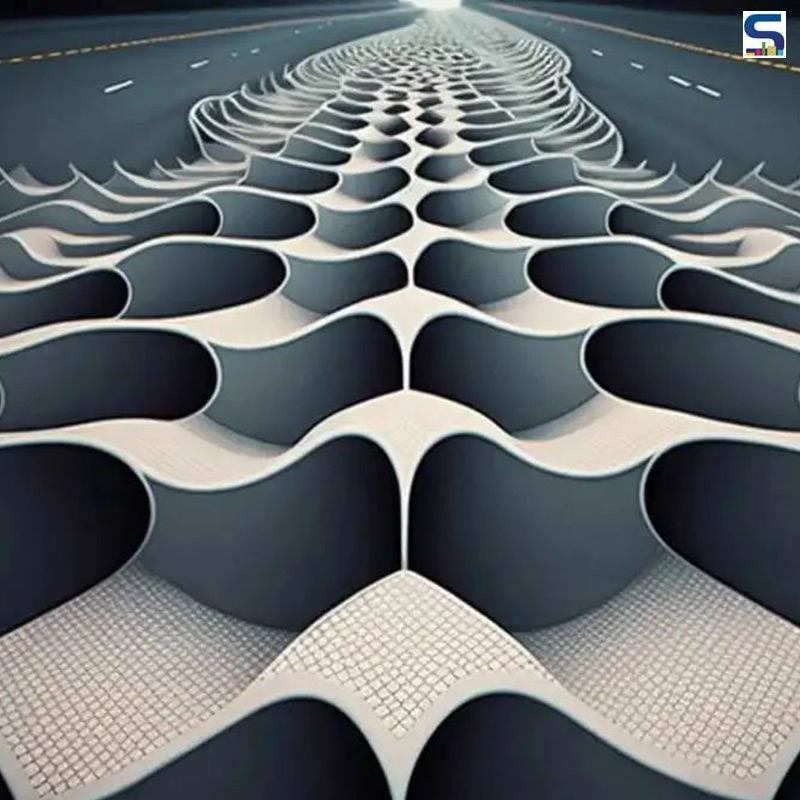
Engineers at the University of Pittsburgh are modernizing concrete, a material with a long history dating back to the Roman Empire, that is still widely utilized in building construction. They have developed a concept for smart civil infrastructure systems by creating metamaterial concrete that is lighter and can be adjusted mechanically, as well as harvest energy and sense changes. Read SURFACES REPORTER (SR)’s complete report below:
Amir Alavi, assistant professor of civil and environmental engineering at Pitt and corresponding author on the study, declared that concrete had been employed for construction in modern society for centuries since its inception by the ancient Romans.
He went on to say that with the heavy use of concrete in infrastructure projects, it is necessary to create a new range of concrete materials that are financially viable and eco-friendly while providing superior performance. To meet these objectives, Alavi suggested introducing a metamaterial paradigm into constructing materials.
World’s first composite metamaterial concrete
“This project introduces the world’s first composite metamaterial concrete with superior compressibility and energy harnessing potential," Dr Alavi said. "Such lightweight and adjustable concrete systems can open up new possibilities, e.g., aviation shock absorbing infrastructure or seismic base isolation systems."
A recent study shows how to use metamaterials for the creation of concrete, allowing its properties - including brittleness, flexibility and capability – to be tailored to suit its purpose. This would enable builders to save on material quantities while producing structures with greater strength and longer lifespans.
What does this metamaterial concrete consist of?
This metamaterial concrete is composed of reinforced auxetic polymer lattices embedded in a conductive cement matrix. When triggered mechanically, contact-electrification between layers is induced due to the composite structure. The conductive cement, which has been enhanced with graphite powder, serves as an electrode.
This enables it to be capable of generating electricity that can power roadside sensors - though not enough to be sent to the grid itself. Not only that, but this material can compress up to 15% under cyclic loading and produce 330 μW of power, making it possible for our smart structures to monitor damage or earthquakes while still reducing their impact on buildings.
All the more excitingly, these self-generating electrical signals could even be used for GPS chips found beneath roads which will help drivers with self-driving cars when GPS signals become too weak, or LIDAR stops working.
Researchers from Johns Hopkins University, New Mexico State University, Georgia Institute of Technology, Beijing Institute of Nanoenergy and Nanosystems, and Pitt's Swanson School of Engineering participated in the project.
Source: scitechdaily.com